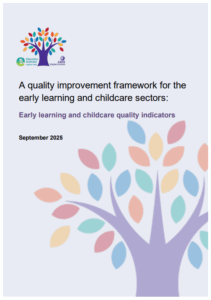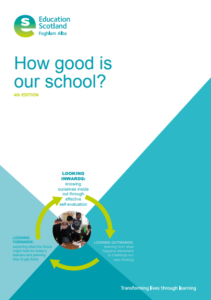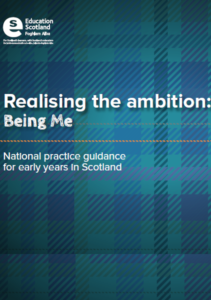Section 6.4 p70-73 – Literacy, Numeracy and Mathematical Development
p32
Also, babies and children do not always have the means to do what they intend. Young children need to have a lot of movement and coordination skills to self-regulate their emotions. Their executive function needs to be strong enough to stop them doing something else. We need to reflect on the language processing demands of the instructions we give children.
p45
Through play, the child can learn to answer their own questions, learn new skills and learn to work collaboratively with other children or adults. Whitebread (2012) tells us about two areas in particular where the evidence about the benefits of play is strong. Firstly, early language development through imaginative play either with another adult or with other children, and secondly, through play the child’s ability to self-regulate is enhanced.
p70
Playful literacy starts with the child and positions the child as an expert in using language. From the first moments of life babies engage in communication through sight, touch and sound… A baby’s eye contact, gesture and vocalisations such as gurgling or giggling speak a thousand words for the non-verbal child. Such communication marks the first steps in a lifetime of social and emotional communicative development. Spoken language development forms only part of this social and emotional communication. The role of gesture and movement continues to be of significance in fully understanding human communication throughout life. We should recognise that children’s voices are communicated through much more than simply verbal means, no matter the age of the child. Therefore listening to young children should involve careful observation of movement and gesture alongside what they simply may say in order to give the child’s voice true context and meaning.
Interactions are at the heart of playful literacy development.
Children’s language development thrives through exposure to environments of rich and diverse spoken language experiences. We grow a sense of purpose for the child by our own use of language and engaging them with a wide variety of stories, rhymes, songs, symbols and texts in different media all around them. Building this purpose helps to nurture engagement and encourages children to see themselves as readers and writers.
This doesn’t just happen by chance.
We need to co-create safe spaces with children to talk, sing, rhyme and play with sounds, vocabulary and print. Role modelling language and building vocabulary to make sense of the world is vital for all young children. The amount and quality of language that children are exposed to is crucial to their progress.



